simplypete
Treehouser
Just wondering if anyone has had any luck with physically removing this pest. I was told to not use any pesticides and that I could remove the larvae with relative ease. Any suggestions?
Pete
Pete
they are on variable cycles so its hard to get rid of them, dig the pitch mass out and throw it away. pesticides really dont work cause the larvae isnt in the tree, its in the mass as youve showed. nice pics by the way. they are mainly an aesthetic problem
 They do chew on a small part of the cambium and then feed on the fluid that comes from the damage. Like was already said, I don't think they do any major damage just that it looks a little unsightly. Some of the pitch/fras mounds are as big as a fist.
They do chew on a small part of the cambium and then feed on the fluid that comes from the damage. Like was already said, I don't think they do any major damage just that it looks a little unsightly. Some of the pitch/fras mounds are as big as a fist.but the pitch is a different color, texture and flows different than just a hole in the tree. any idea why?
but the pitch is a different color, texture and flows different than just a hole in the tree. any idea why?
ok, it didnt say any thing about the pitch butthe 2nd edition of insectes that feed on trees and shrubs (pg 72) says
eggs are laid singlyon the bark of the trunk or limbs of pines. after hatching, the larvae tunnel into the inner barkand cambium region, where they excavate a cavity and establish a feeding site. large accumulations of of pitch and frass form on the outside of the tree at the point of attack. the mature larvae is about 25mm longand has a reddish brown head and light yellow body. new attacks often occur at the sites of old ones.
